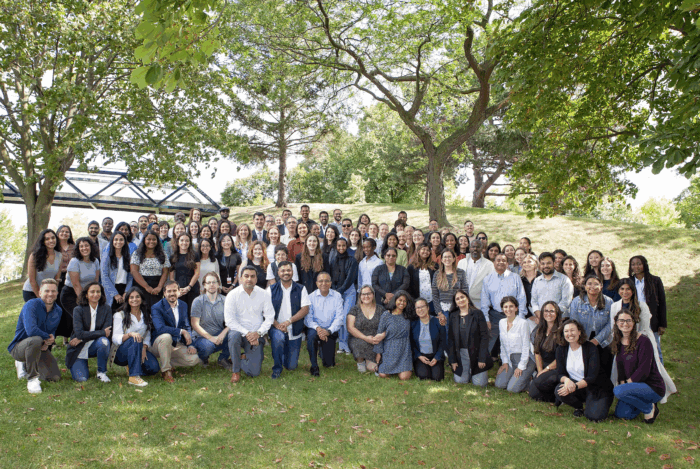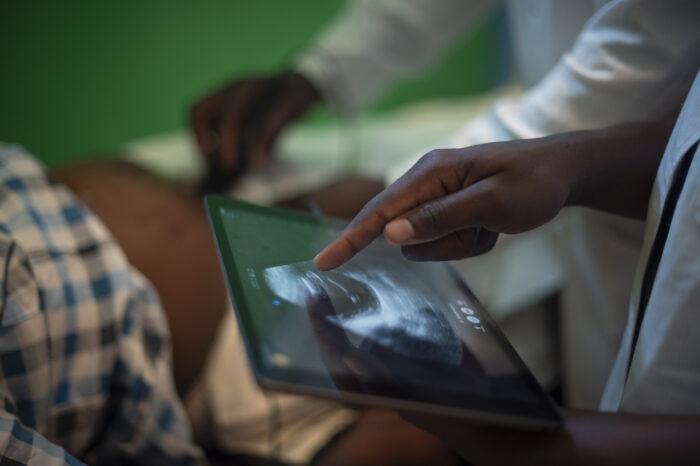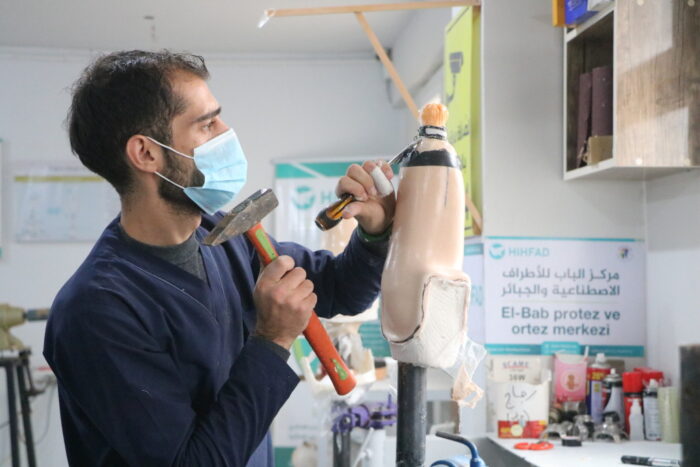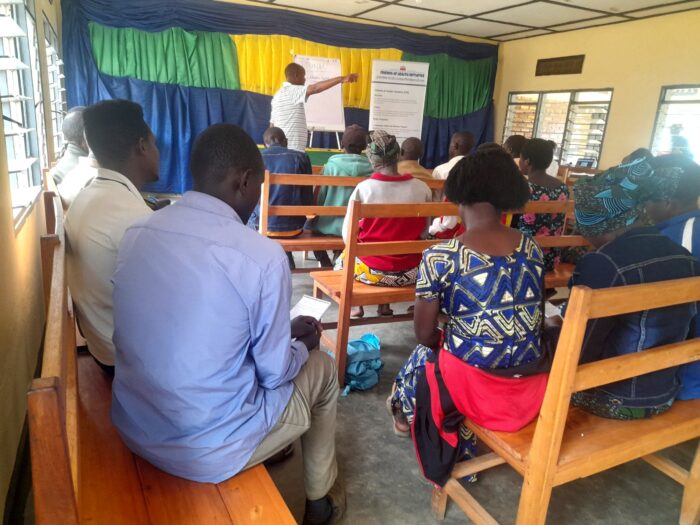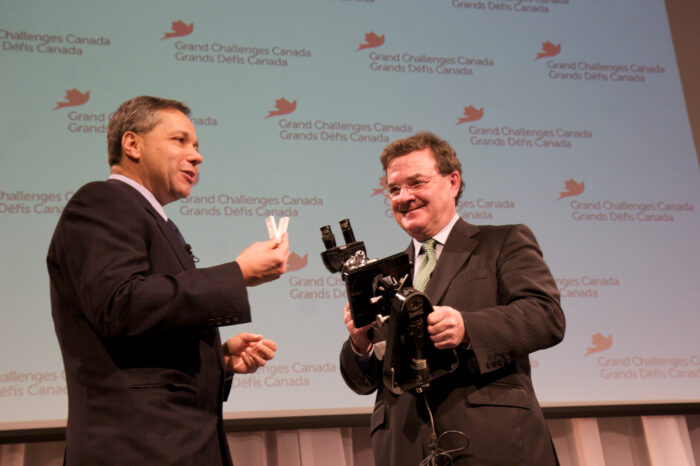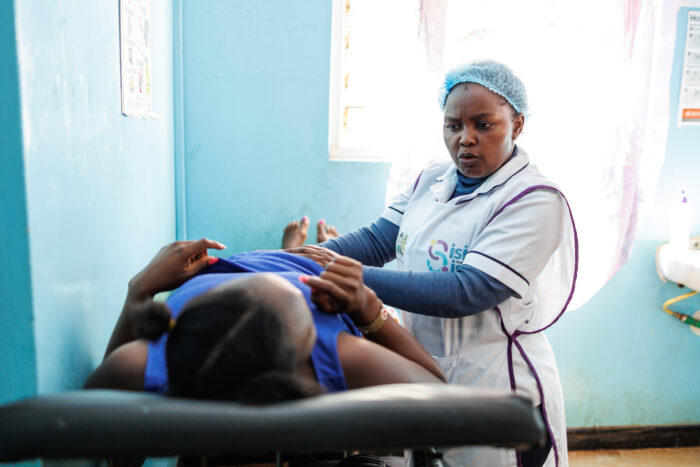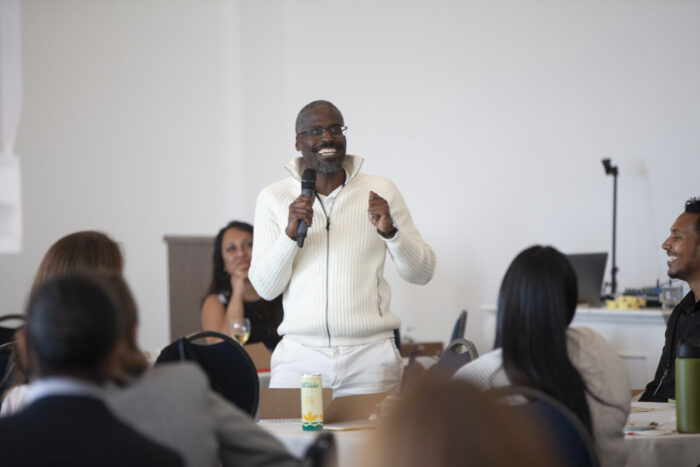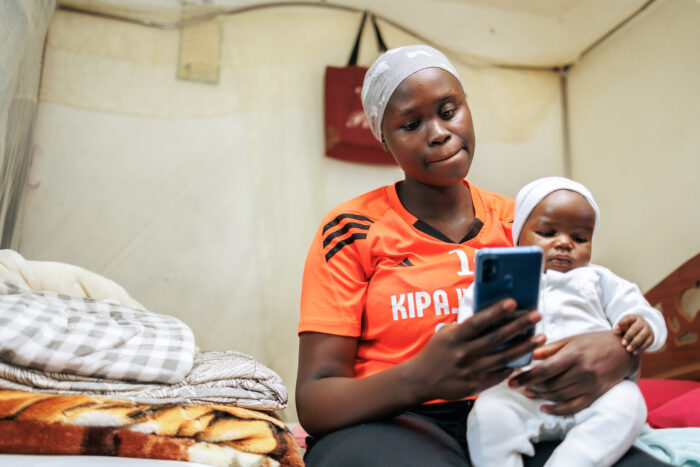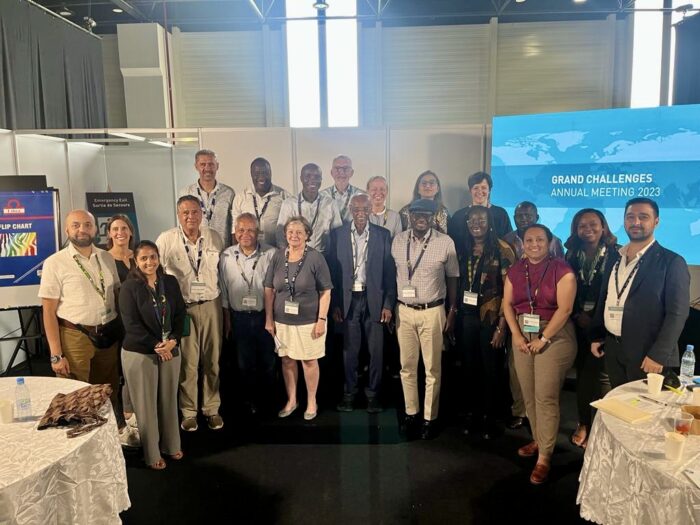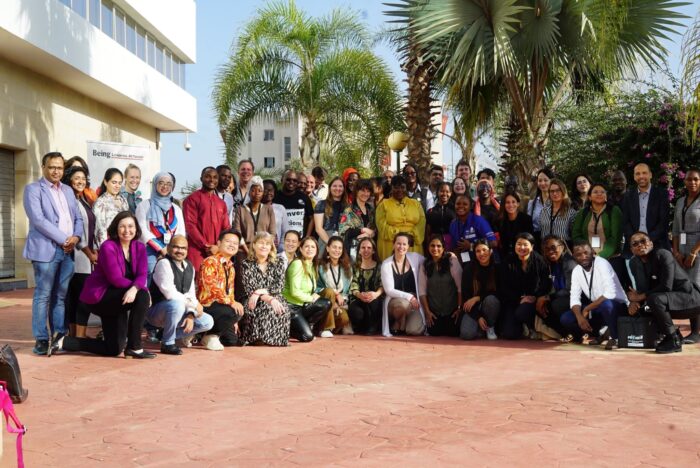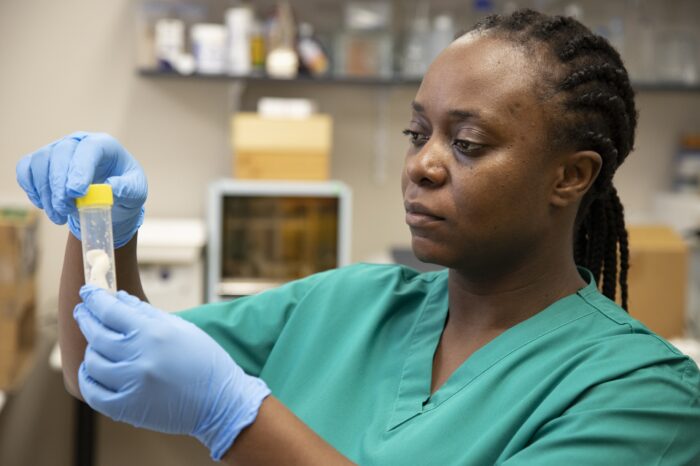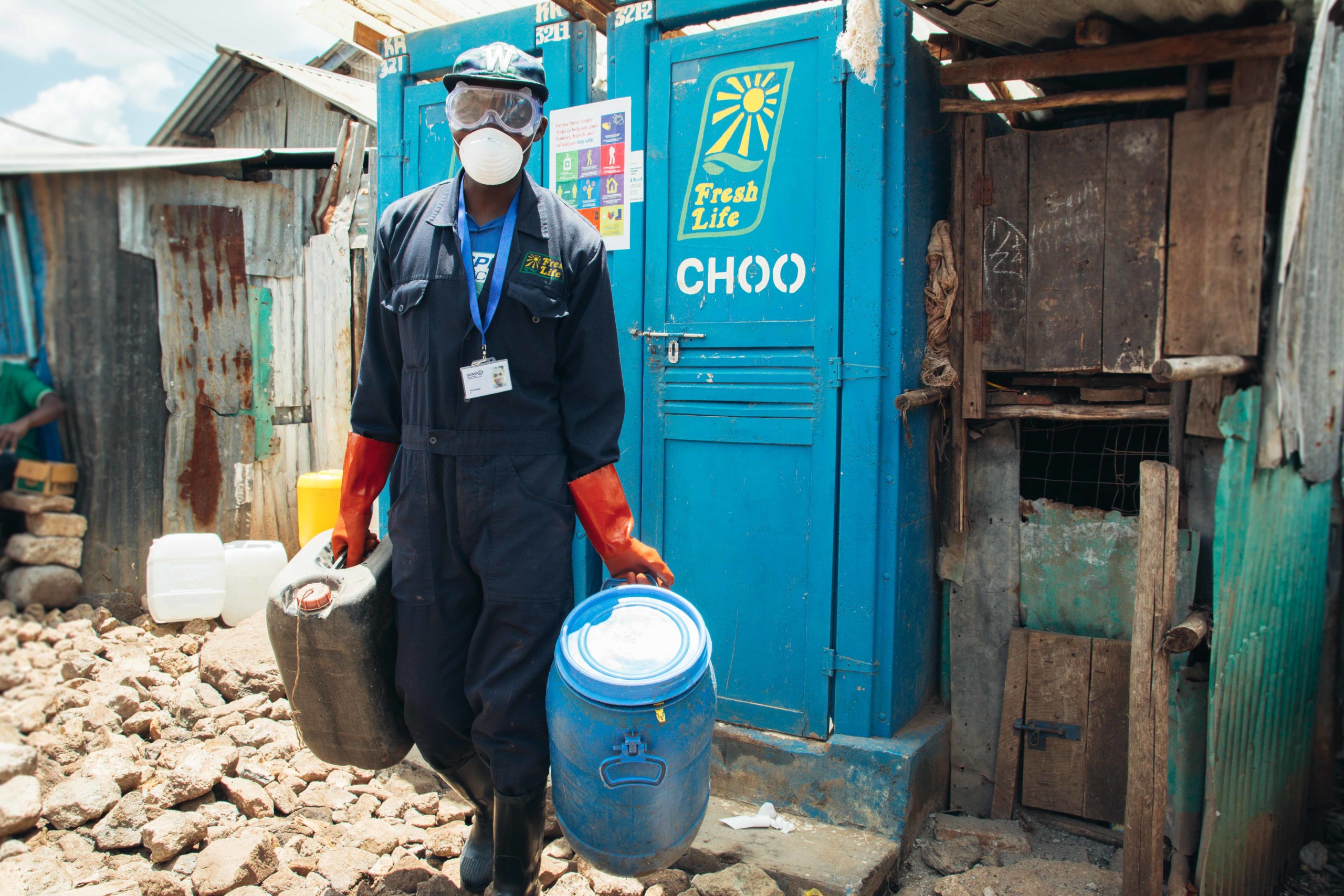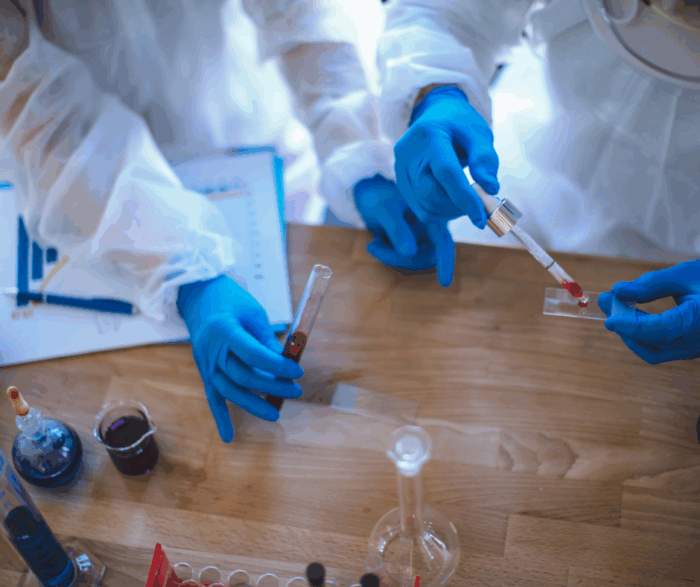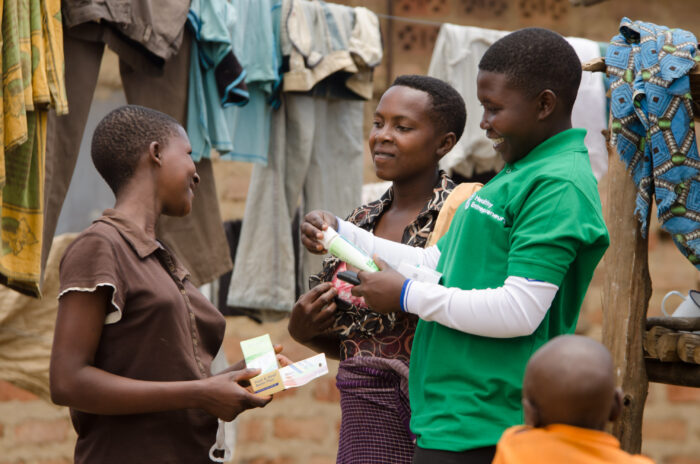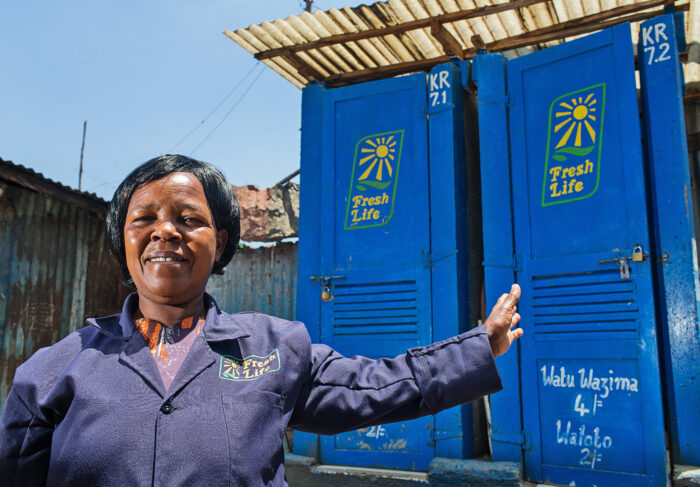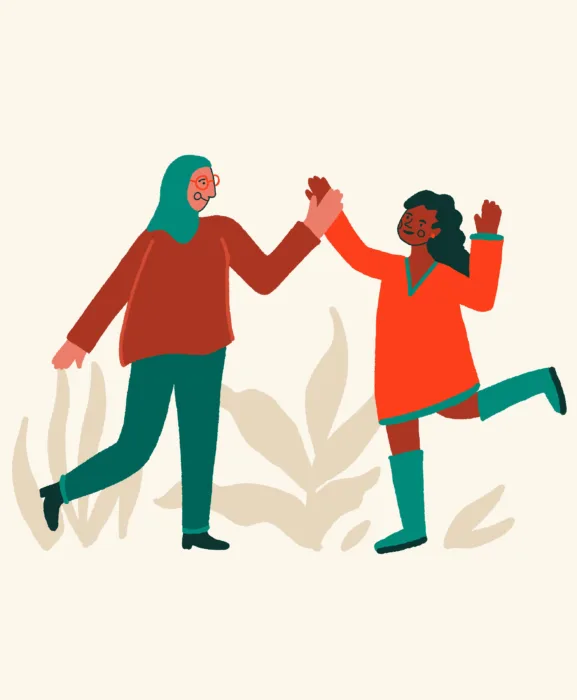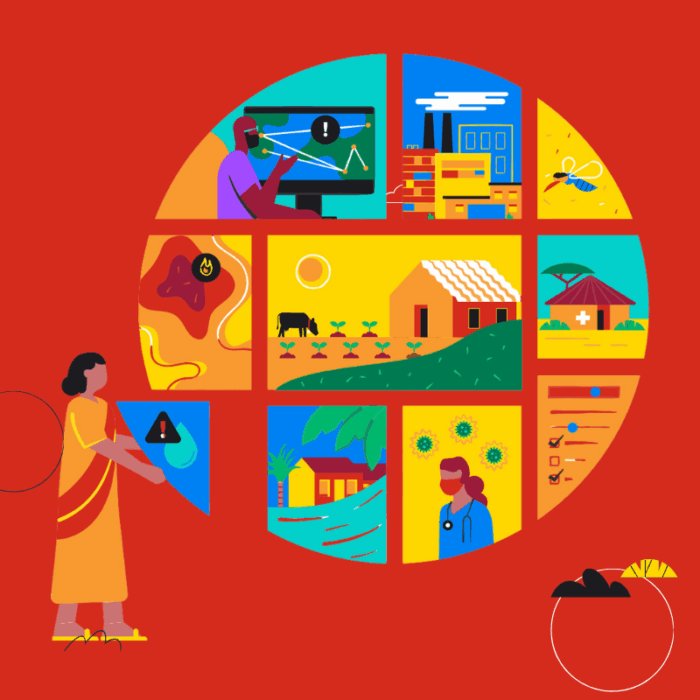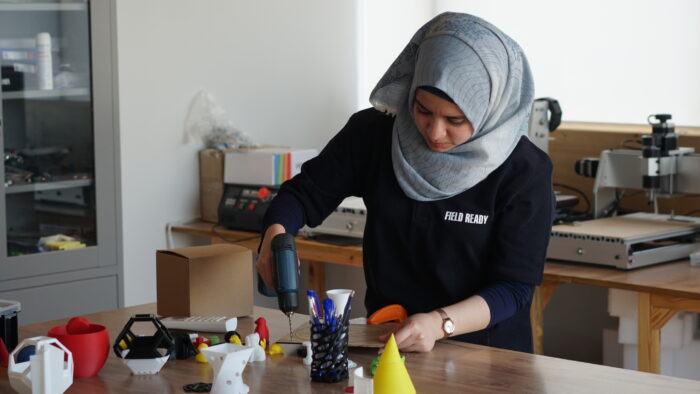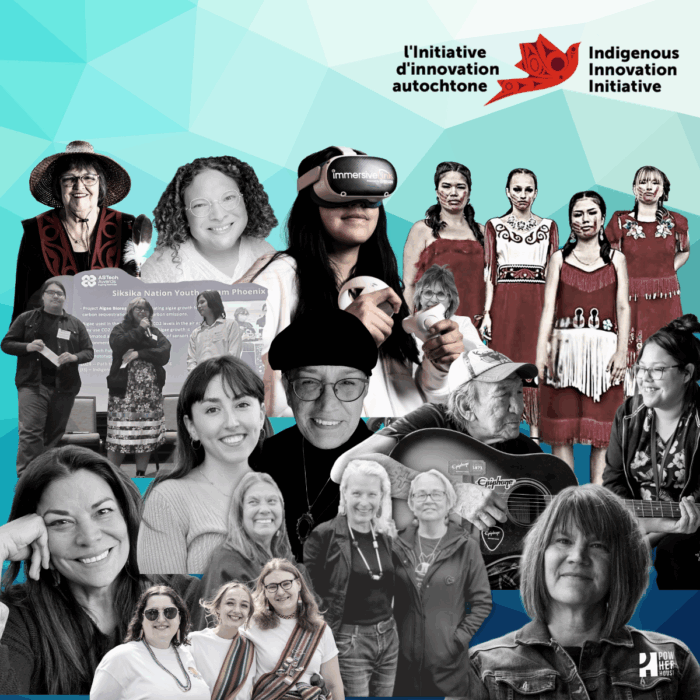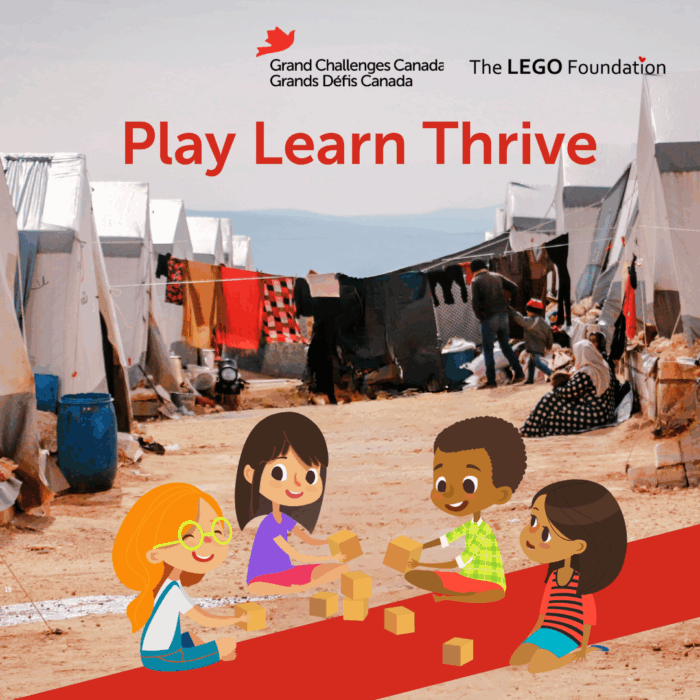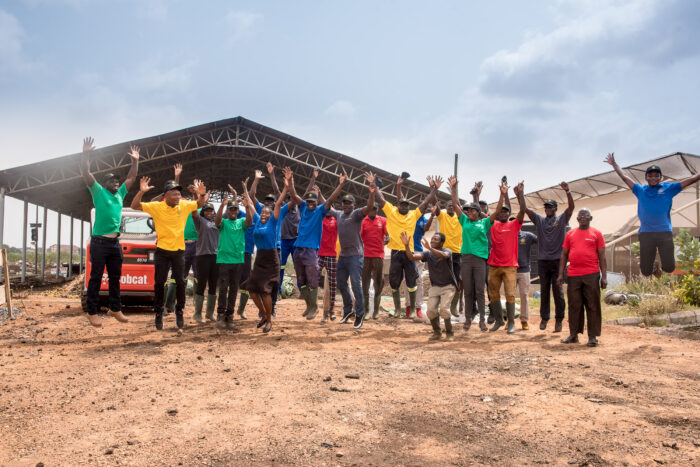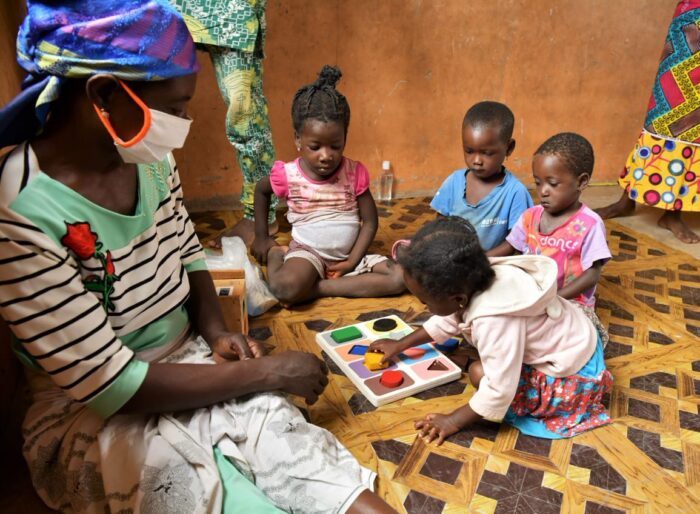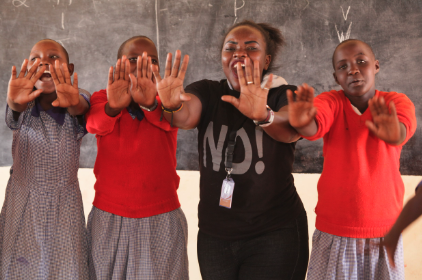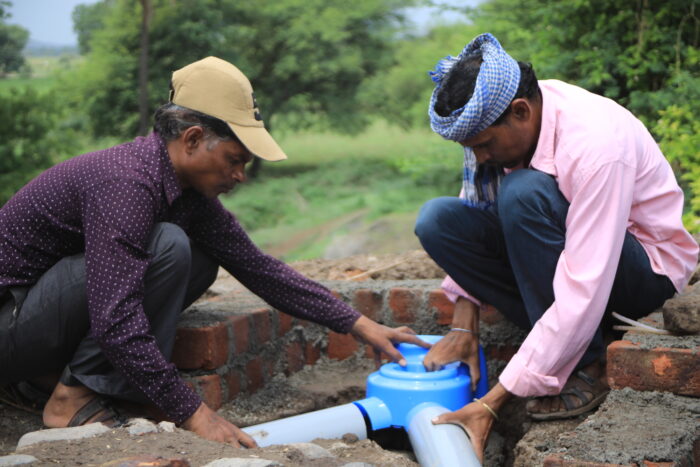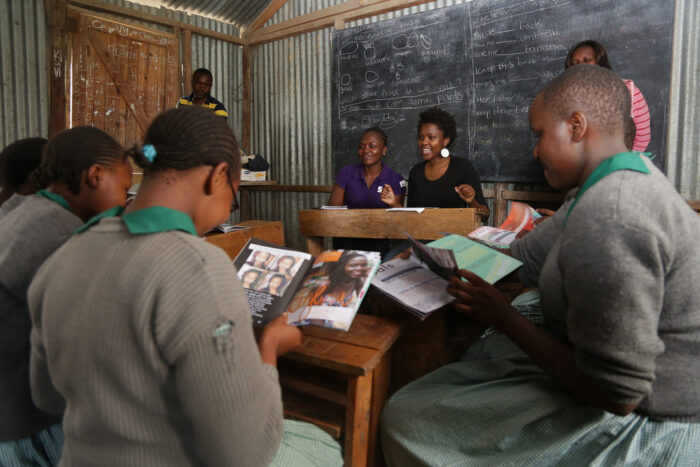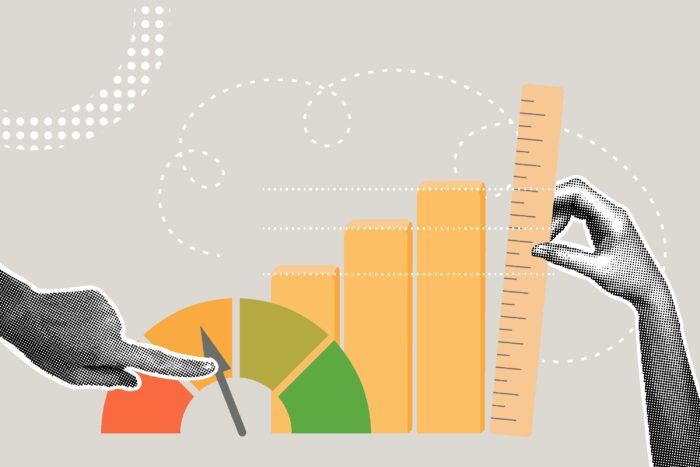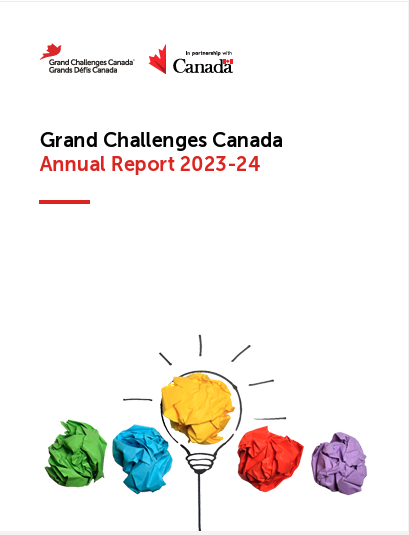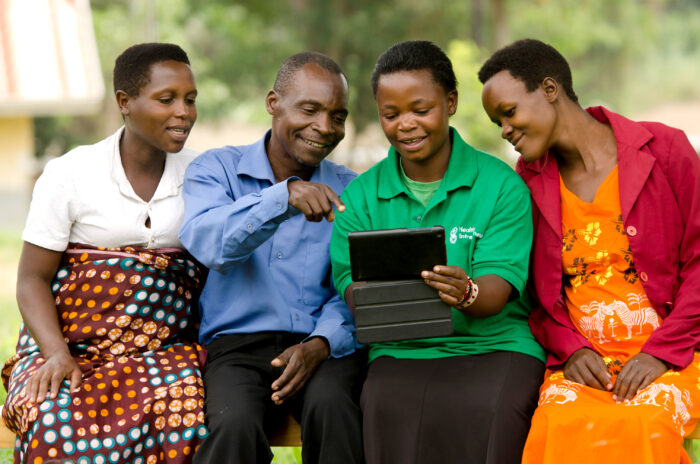We all know somebody who has or is fighting cancer.
World Cancer Day, February 4, explores how everyone – as a collective or as individuals – can do their part to reduce the global burden of cancer.
Cancer is a pressing challenge in global health that disproportionately affects developing countries: 60 per cent of the world’s total cases occur in Africa, Asia, and Central and South America, and these regions account for about 70 per cent of the world’s cancer deaths, according to the International Agency for Research on Cancer.
To tackle this, Grand Challenges Canada, which is funded by the Government of Canada, is dedicated to supporting Bold Ideas with Big Impact from innovators, both in low- and middle-income countries and in Canada. We encourage them to use scientific, technical, social and business innovation to address global health issues, including cancer.
Our portfolio of innovations holds several projects addressing cancer in low-resource countries.
Breast Cancer:

Stephen Pistorius is using novel, solid-state devices that detect microwaves to build a portable, low-cost system for early detection of breast cancer in different countries. In a usability study, almost 100% of the volunteers felt that they would use the system at least once a year, and 90% of the participants felt that they could operate the system by themselves. You can read Stephen’s recent blog post here.
Anh Dinh is developing a low-cost device to detect breast cancer, which kills more women than any other cancer in Vietnam. The device uses ultrawideband technology to provide an alternative to mammography.
Ophira Ginsburg developed and tested a novel mobile phone that helps female community health workers in rural Bangladesh to find, refer and encourage women to attend a local breast centre. The program screened over 22,000 women for breast cancer and those with breast cancer symptoms were encouraged to go to the clinic or local public hospital. You can read Ophira’s recent blog post here.
Alphonsus Matovu’s project trained front-line health workers in Uganda, who may have limited knowledge of anatomy or pathology, to generate ultrasound images for the early detection of breast cancer.
Cervical Cancer:
Pamela Njuguna is investigating implementation strategies using iPAP, a cervical cancer screening sample self-collection approach that will be socially and financially acceptable to women. The screening project is being implemented in Kenya, where cervical cancer causes 1,700 deaths per year and where only 3.2% of women are screened for cervical cancer.
Barry Rosen, also in Kenya,is training nurses, who do the bulk of cervical cancer screening, to treat women with precancerous abnormalities.
Duane Chung is using microalgae to produce vaccines against cervical cancer in Bangladesh and India. The vaccines will cost less than $1 CAD per dose.
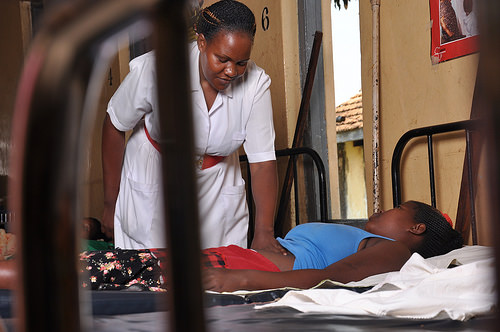
Agnes Nyabigambo is using routine immunization to increase access to cervical cancer screening in rural Uganda. Through increasing awareness and early diagnoses, the project aims to reduce morbidity and mortality from cervical cancer.
Patricia Garcia is evaluating the performance and feasibility of the implementation of a new screening model for cervical cancer in Peru. The project is using community women as promoters, includes the use of self-administered vaginal swabs for collection of samples, as well as a new molecular test for the human papillomavirus (HPV).
Joep van Oosterhout aims to build sustainable capacity to screen and treat non-communicable diseases like cervical cancer in Malawi. The project aims to disrupt vertical health systems using approaches, systems and technologies that have been successfully employed in response to HIV.
Karen Yeates led the Kilimanjaro Cervical Screening Project in Tanzania. Her team examined and evaluated a cost-effective method of screening for cervical cancer using a trained, non-physician healthcare worker, mobile phone camera and text messaging.
Liver Cancer:
Ahmed El Kaffas is developing a low-cost and non-invasive system for early detection and diagnosis of liver cancer in Egypt, where people are particularly susceptible to liver cancer because of high levels of hepatitis C.
Naranjargal Dashdorj provided innovative point-of-care screening and implemented a texting (SMS) campaign to increase awareness of viral hepatitis in Mongolia. Viral hepatitis is a leading cause of liver cancer. Mongolia has the highest rate of viral hepatitis and liver cancer mortality in the world.
Frank Mallory initiated an intensive “liver fluke-free school” program in schools around Lawa Lake in Thailand, which included stool examination, treatment, health education, exhibitions and curriculum focusing on liver fluke infection and liver cancer. The baseline infection prevalence in 9 schools was initially 9.2% (of 1,136 children) and has now been reduced to zero, and the 9 schools are now certified as liver fluke free schools.
Arsenic-Related Cancers:
The International Agency for Research on Cancer (IARC) has stated that arsenic in drinking water is carcinogenic to humans, and may cause skin, bladder and lung cancer. Grand Challenges Canada funds 9 arsenic-related projects, including the following 3.
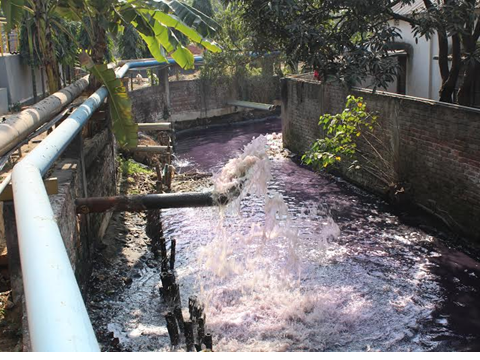
Alyssa Relstab is deploying new filtration units in Bangladesh via franchised villagers. The low-maintenance units require no power or chemicals. You can read a recent blog post about the project here.
Scott Tsai leads a project creating a lab-on-a-chip device that provides inexpensive and accurate tests of the wells in Bangladesh. Over 35 million people in Bangladesh’s villages drink well water contaminated with toxic amounts of arsenic, because monitoring of the wells is difficult.
Aman Ullah’s project in Pakistan aimed to remove arsenic from contaminated drinking water by using cost-effective, reusable and biodegradable filters from poultry feathers.
Other Cancer-Related Projects:
Dan Hosseinzadeh aims to reduce the cancer burden in Nigeria through digital training and diagnostic tools. Digital pathology is a low-cost approach that streamlines assistance from foreign experts by eliminating geographical barriers.
Huyen Dao’s novel project in Vietnam aims to create a total smoke free restaurant and bar intervention program, encouraging hospitality venues to adopt a total smoking ban, a first for Vietnam. Results show the project was successful in creating awareness about second-hand smoking, a known human carcinogen.

Hoang-Thanh Le aimed to create an intranasal nicotine vaccine implemented in Addiction to nicotine makes it difficult to quit smoking, which is prominently linked to cancer and cardiovascular diseases.
Jamilla Rajab aimed to elevate the significance of HIV-linked cancers to diverse stakeholders in Kenya by developing a unique repository of information on common cancers, especially those that are linked to HIV.
Helen Dimaras aimed to improve cancer cures in Kenya by bringing timely, accurate, pathological evaluation of extent of tumor invasion.
Khan Wahid aimed to develop a low-cost portable endoscopic system to detect gastrointestinal diseases that lead to colorectal cancer in Bangladesh and India.
On World Cancer Day, we raise awareness of cancer and we feel honoured to work with so many innovators that strive to assist in the prevention, detection and treatment of cancer through their bold ideas.
We encourage you to post your questions and comments about this blog on our Facebook page, Grand Challenges Canada and on Twitter @gchallenges
